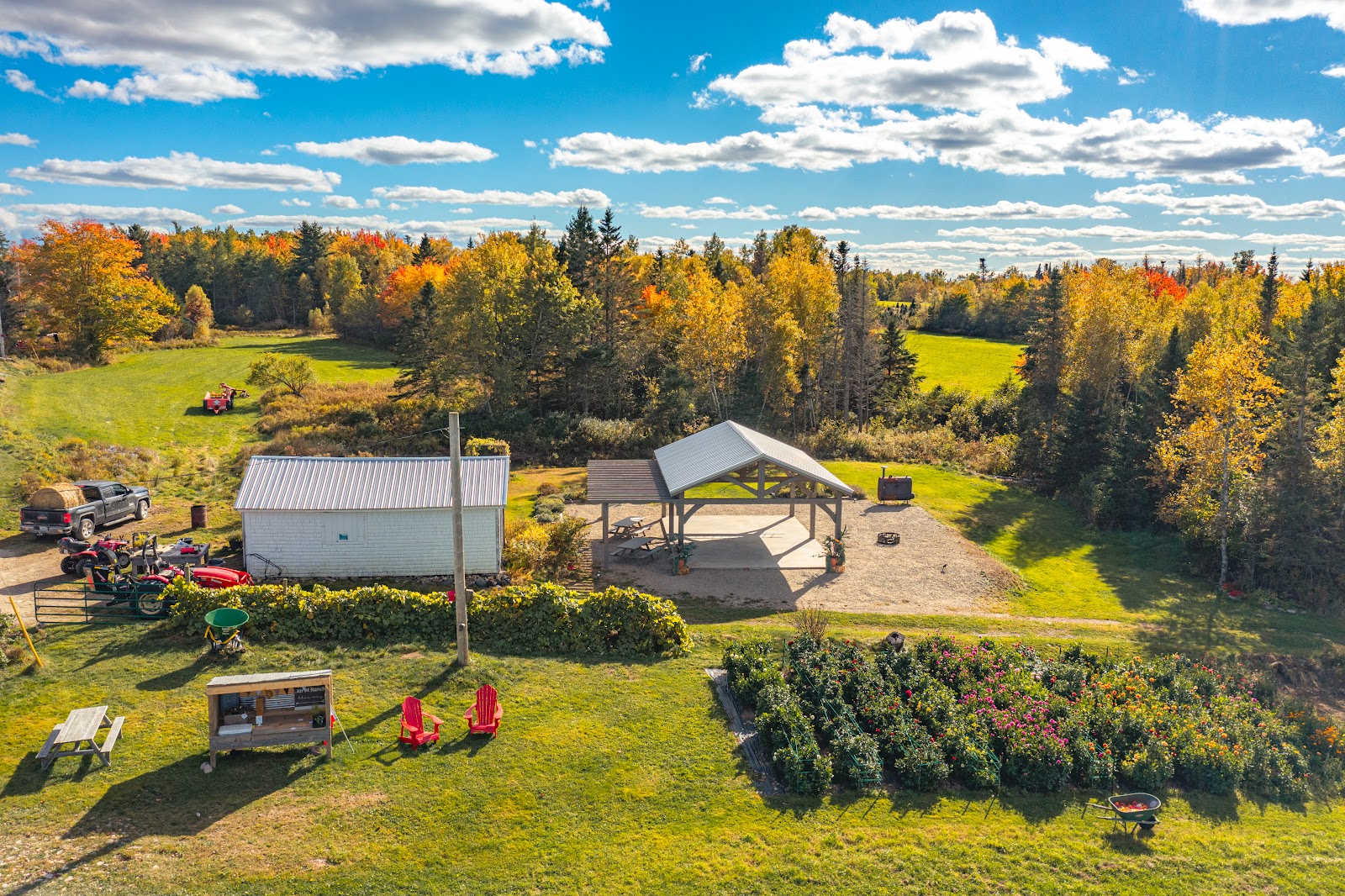Growing up on a cattle farm, we saw lots of bulls come and go. Their job was to breed the cattle, and the calves born would be sold as other breeder cows (females) and beef (steers). That's the basic setup for a cow/calf farm operation and one we are both aware of as we started working the farm with my (Dave's) Dad.
As we worked with Dad, we saw how connected he was to the cattle, and when they may have passed away or needed to be sold, he took it hard. In our early days on the far,m we didn't fully understand the emotional connection but as the years passed, we understood. A perfect example of this is our recent change to the farm with our bull, Rex, going to market after discovering he is unable to breed anymore.
Rex was our breeder bull and was born on March 6th, 2020. He was the first bull in a long time, born on the farm to be raised as a bull. His mother was "Bessie" a black Angus, which was the first cow Christina and I bought together, and his father was a red Angus dad and I bought together. Since he was born during COVID lockdown, we had ample time to spend with him, and we used to walk him on a lead around the farm.
This early connection and the deeper connection from his father and mother, to the farm, made Rex a part of the family. His name (Rex) was given as a connection to Dave's grandfather who farmed cattle most of his life and because he would have loved to see the bull we were raising.Farmstay guests also experienced Rex as he was a regular part of all the farm tours we did with guests. He always loved a petting, and folks always were amazed at his 2100lb size but being so tame and friendly which is a big goal in general for us. We want more and more people to be connected to local farms and learn about animals and agriculture and Rex made that happen for so many people from literally around the world.
Losing Rex a few weeks ago now, was one of the hardest days of farming for us. We also had to move out "Christina" the cow as well which made it extra hard but Rex was as close to a child to us as any other farm animal. He was a kind soul that loved the life he had here (as you can see in his eyes below) and we were so happy to have experienced his life with him. Being able to share him with so many other people over the years was also a blessing. We miss him but are thankful for the full 6 years we had him.























